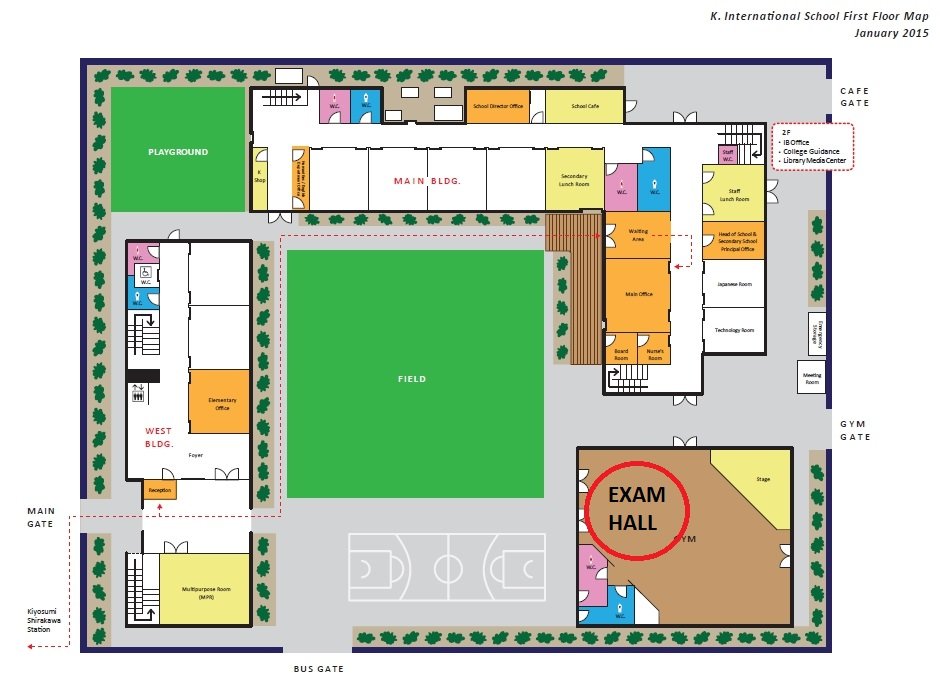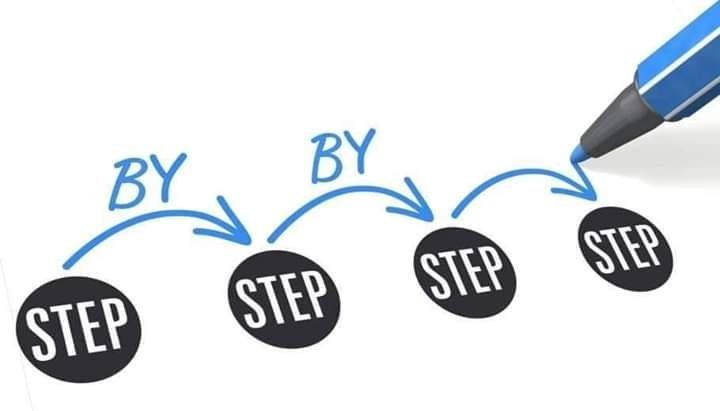- How long is the CAT 4 test?
- Breakdown of individual CAT4 test times
- Before the exam
- During the CAT4 test – stay on track.
- Other hints and tips for the CAT4 Test
How long is the CAT 4 test?
Managing your time during the CAT4 test is essential and provide you with some precious seconds for those extra difficult questions. Actual testing time for each of the eight tests lasts between between 8-10 minutes so without a strategy for time management you simply won’t get a chance to focus on those questions that you are most likely to get right. The test battery in total takes approximately 2 hours 15 minutes but actual time in a tests adds up to 72 minutes. Your job is to find the questions you know as quickly as possible, take a best guess to those you don’t know, and use the time saved for those questions you can get right.
Breakdown of individual CAT4 test times
Instructions and practice items take approximately 5-15 minutes but the CAT4 test questions themselves take the following times;
- Figure Classification – 10 mins
- Figure Matrices – 10 mins
- Verbal Classification – 8 mins
- Verbal Analogies – 8 mins
- Number Analogies – 10 mins
- Number Series – 8 mins
- Figure Analysis – 9 mins
- Figure Recognition – 9 mins
Before the exam
1. Know the lay of the land before you start

You may think this is a given but make sure you and your child know exactly when and where the test is to be held. The worst thing you want is to turn up at the wrong building or worse still the wrong site (if you have a split site school). Everything needs to run as smoothly as possible and that means being fully prepared.
Now there will be 3 parts of the CAT4 each being broken into two actual tests and each test being between 8-10 minutes. The invigilator (that means a teacher who stops you from teaching) will give instructions – a bit longer during the first test and then allow you to try the example questions.
At this point its worth understanding the exact format of the questions since the practice tests you’ve done although very similar are not exactly the same. These example questions will help you get completely familiar with the environment and may have a few changes due to updates to the interface from the assessment body (GL Assessment).
You are now ready to start the first test. Instructions have been given, you’ve run through example tests, and have a pencil and rough paper. Once you start the clock will start and nothing can stop it !! You have between 8-10 minutes to complete the first CAT4 test.
2. Writing is no longer an issue but knowing how to use a keyboard and mouse is !!
Rough paper with pencils should also be distributed before the tests.

Back when I was a child our hands would tire from the writing of answers during the tests we had. For the CAT4 – and to ease the marking burden for assessors – tests are now online (although paper based tests can be requested). Of course if your child hasn’t ever done online tests it will be shock and leave them severely disadvantaged. If nothing else try the free online test here on this website – click here – so they at least are aware of what’s coming.
Generation X should generally be comfortable using a computer but again make sure they know how to use a key board and mouse – you’d be surprised how many children only know how to use a smart phone and tablet. Since the tests are all multiple choice knowing how to point a mouse and click is key !!!! I know it sounds silly but make sure your child understands this is how they will be answering the questions.
Using the rough paper is with a pencil for some of the mathematically pattern questions may help your child so again whenever they are running through the practice tests place a paper pad and pencil nearby for them to use.
3. Work out how long it takes to understand and answer a question.
We have a good idea of the type of questions that will come up and time is short – between 8-10 minutes. So that’s between 480 and 600 seconds. This really is a race against the clock and you will be lucky to finish. The time constraint is really by design – one of my other posts (click here) provides a breakdown of what cognitive skills consist of and brain processing speed is one of the factors.
One thing I found during my own exam taking – many moons ago – that after confidently answering a question I would spend a moment to celebrate – these few seconds wasted make you feel good but in a CAT4 test are wasting valuable moments which will come is need when you are presented with another difficult questions.
For each question maximum time taken should be between 24-30 seconds. Easy questions need to be done quickly and accurately without hesitation and delay in moving to the next question. If your child has already run through the tests on this site they know that they are working against the clock and need to work fast. Focus, focus, focus – to have to go over the question is valuable time lost but also guessing an answer may not help your final score. Their is a middle ground where you methodically work through each question – mark the answer – and move on. Work like a machine !!!
During the CAT4 test – stay on track.
4. Understand the question – know what’s being asked – read it carefully.

As mentioned in point 3 above you need to be wary of the time and the pace required to complete but on the same hand you need to be as accurate as possible. Each question is a new question – if you get one wrong or are uncertain then make a best guess and move on – don’t dwell on it. The next question is not related to the last and getting the last one wrong doesn’t mean you will get this one wrong.
There is a simple process;
- Look at the question and understand it taking any rough notes.
- Systematically – work through the question
- Any answers which are impossible mentally ignore
- Keep moving towards the final answer until you have it
- Click on the answer and move to the next question
- Start again and keep doing this until all the questions are complete
- If you have any time review the questions you missed
Now there are times when you don’t know the answer in these circumstances try to reduce the number of answers by ruling out those answers which it simply cannot be. So rather than guessing from 4 questions (25% probability of guessing correct) if you cross off two answers you will be guessing from 2 answers (50% probability of guessing correctly). Improving your chances in this way will help you get the highest mark possible – and avoid over analysis of the questions and answers.
5. Have checkpoints during the exam to break it up and keep on track
In any exam you need to have checkpoints to make sure you’re on track to finish ! The CAT4 is no different and with the clock ticking on the screen it’s difficult to ignore. At the half way mark (4 minutes or 5 minutes) make sure you’re at least half, I personally like to be ahead to give me a few extra seconds for those more difficult questions which always seem to turn up towards the end of an exam.
Also if you are ahead it gives you an opportunity to take extra care and spend a little more time on those more difficult questions allowing you to get a higher overall score. Like I said before each question is a mark in its own right so whenever you move on forget about the last question. Cognitive tests in generally will not progressively get more difficult.

Students are all different so how you exactly structure the time is entirely up to you but make sure you aim to finish and make sure you don’t miss any questions out. Take a “guesstimate” if that’s all you can – rule out answers which are impossible to improve your chances but be quick – brain processing speed, focus, memory and problem solving skills all influence your cognitive ability. Improving any of these factors will help you not only in the CAT4 test but also in your academic work.
6. Don’t miss any questions – always answer the question
CAT4 tests aren’t like traditional tests where you have difficult questions, essay questions etc… each question is a mark in its own right and (as far as I understand) carry a similar weighting. Trying to leave harder questions until later is simply not possible due to time constraints and this type of traditional strategy may leave you with a lot of unanswered questions.
The tests on this site and the sample questions during the test all help you to become acquainted with the format so you don’t need to think to much about the format. It is much better to answer each question as quickly as possible, or take a best guess. It’s highly unlikely you will have time to come back and answer the question.
In normal exams my approach would be very similar but I would mark the questions that I took a guess on and return to them to double check. This would mean that I always completed the questions but also allow me to return to questions which I wasn’t sure of. Since the CAT4 test is so short just stay focused and answer each question as quickly as you can taking best guesses where appropriate.
7. Freezing on a question and going blank…
With cognitive abilities test its not about what you have learnt but rather about the skills you have developed. Each question is different but use skills similar to the ones in that particular test. There are times when the question looks so complex or you approach the question use a particular method and fail to get a result.
If it looks complex – choose and approach and systematically work your way through the steps to come to an answer. It’s great when this works out the first time and you have an answer but there are times when you need to repeat the above several times before getting to a conclusion. This wastes valuable time but it’s impossible to know on the outset exactly which approach will work – the best thing is to be methodical and quick and if you feel overwhelmed break it down so you can at the very least cross some of the answers off so you can make a better guess.
Other hints and tips for the CAT4 Test
9. Make sure you use all the time allocated
It’s highly unlikely you’ll have any time to spare but if you do quickly review all the questions especially ones you were unsure of. This is a chance to scrape another couple of marks. USE ALL the time DO NOT finish early.
8. Cramming doesn’t work !
Unlike normal exams there is not a lot you can do in terms of cramming – the tests on this site are enough to practice on (click here). Subject matter is not what’s being tested here – see my post on this by clicking here.
Let us know your thoughts. Any ideas for helping to develop cognitive skills let me know.






Several of the questions in the Cat4 test are counting errors or ‘bugs’ Despite choosing all or any of the answers on multiple attempts they all show as ‘incorrect’.
There was a major update on the site recently which caused a couple of glitches. This has now been resolved and a new build has been rolled out which adds a couple of new features:-
1) 10 minute timer for each test similar to the real thing.
2) Answers provided during the review with explanations where appropriate.
A larger bank of questions will be added in the future. Let me know if you are still having any issues.
What level are the CAT 4 questions at? I need level c?
The tests on the site are for transition from year 6 to year 7 so approximately a Level D / E but as you can see from the age ranges at the link below there is a significant amount of cross over; this allows for the tests to be used across age groups…. with the expectation that younger children will score lower and for older children a higher score. In all cases the tests provide good practice and introduction to question types.
Take a look at the following page for a breakdown:
https://schoolentranceexam.com/cat4-levels/